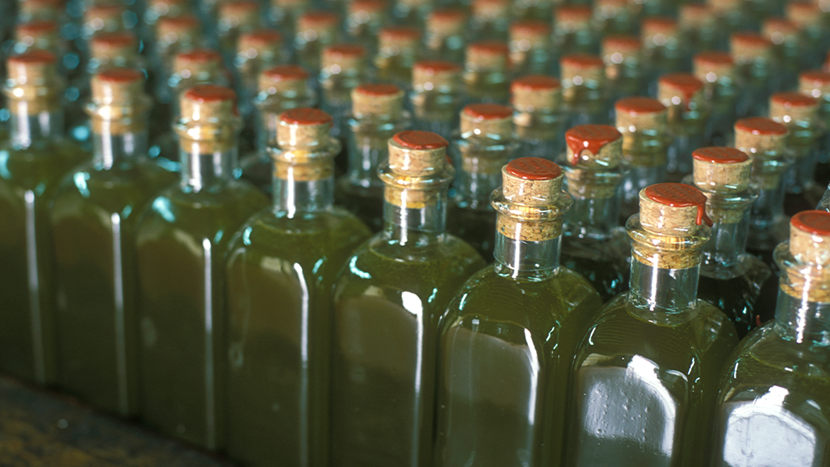Food Authenticity: Five steps to help protect your business from food fraud

This updated guide sets out a five-step process for food businesses to identify, prioritise and manage supply chain authenticity risks, to help protect them from food fraud and ensure that the food sold is authentic.
Originally published in 2014, in response to the Elliott Review into the Integrity and Assurance of Food Supply Networks, this simple five step guide has been updated to promote better food fraud resilience and reporting across the food industry and particularly with SMEs.
Any supply chain, no matter how simple or complex, can present risks that need to be adequately managed.
As the global supply system comes under increasing pressure from population increase, growing demand for limited resources and changing diets etc food businesses need to be alert to the potential opportunities for food fraud and actively work with their suppliers and customers to identify and mitigate these supply chain risks.
Our five-step guide aims to help food businesses:
- Map supply chain
- Identify risks
- Assess & prioritise findings
- Create & implement action plan
- Track, review and communicate action plan
